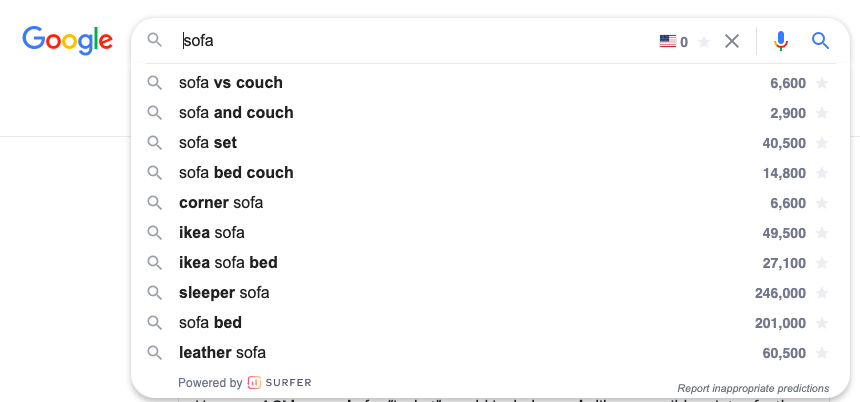Make Sure to Include These 8 Elements in an SEO Content Brief
By Harry Mackin
When it comes to building content that helps you achieve your SEO objectives, ”good” isn’t good enough. Your content has to be tailor-made to achieve your goals. It has to target the right keywords for the right audiences, supply the best information to satisfy the intent behind the queries, and help guide your audience to where they need to go next.
This doesn’t happen by chance. Thoughtful preparation and direction will help ensure that writers are able to create content that achieves its goals. Developing an SEO content brief is an important step, providing clear and data-informed drafting inputs that will guide the drafting process.
SEO content briefs: 8 key elements
Whether you’re planning and drafting content internally, or working with a partner for either or both, creating detailed briefs is a great way to transfer knowledge and collaborate. The content brief should ideally represent the expert insight of SEO professionals, setting the published page up for maximum impact in search.
These eight inputs are essential to a comprehensive yet concise SEO content brief.
Primary keywords
Generally speaking, every piece of SEO-driven content should target one or maybe two primary keywords, identified as part of your keyword strategy. These are the search engine result pages (SERPs) you want your brand to show up on. At TopRank Marketing, our briefs include keyword data derived from SEO analysis tools to help writers understand the context, SERP landscape, and intent behind these primary keywords.
Semantic keywords
Each primary keyword you will try to rank for has several semantic keywords connected to it. These are words semantically related to the primary keyword (think “bread,” “bacon,” “lettuce,” and “tomatoes” for the primary keyword “blt sandwich) that have become so frequently associated with the subject matter in other content online that search engines have learned to look for them when crawling for the primary keyword. If you include these semantic keywords in your content, Google will tend to find it faster and reward you with higher rank.
Conduct research to identify the most common semantic keywords associated with each primary keyword, then provide them as a list for the writer. Wherever natural, it’s valuable to include these phrases in copy and headers.
Audience insights
When it comes to content planning, everything begins and ends with the audience – including your approach to SEO. This section of the brief should provide information about who the content is intended to reach. Striking direct resonance with your intended audience is as important as any technical factor when it comes to ranking in (and getting results from) SEO.
Audience insights shared in your brief might include:
- Demographic info
- Buyer persona
- Job seniority
<li style="font-weight: …read more
Source:: Top Rank Blog






